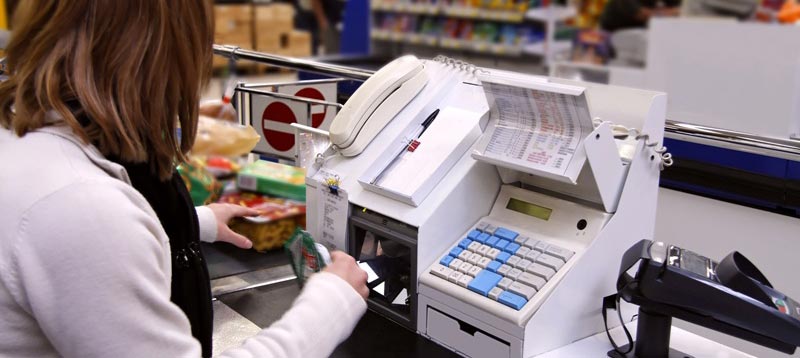
Good technological solutions minimize the risk of making errors during the selling process. Andrzej Bochacz from K2online.pl talks about using new technologies to support the selling process in an interior design and furniture showroom.
What should the owner of a home interior design showroom consider when choosing solutions that support the sales?
Andrzej Bochacz, K2online.pl: Naturally, companies involved in the sale can use standardized equipment and systems adjusted to IT solutions available on the market, such as Subiekt or WF-Mag. These are universal solutions, but each sector has its specific requirements, just as every person has his or her individual preferences. The basic requirement faced nowadays by companies that operate on the market is the fact that their competition is growing month to month. There are more and more shopping centres, more and more shops with similar profiles which are located near each other. Obviously, we can fight for customers by relying on the unique character of our product offering. But if products become more similar in all the shops, the fight with prices, and at the end the fight with quality of service, begins.
Is this the moment that the showroom owner starts to look more closely at what sales support solutions he or she uses?
The most efficient way, a way that allows for obtaining tangible results, is to fight against costs. By lowering the costs of running a company, and at the same time keeping the same level of product prices, we are actually more attractive, more profitable. This is all the more important when our objective is to survive on the market. Today, the real achievement is not to introduce, promote or launch one’s showroom; the challenge is posed by survival.
Hence, the need to initiate actions that facilitate the functioning of companies and their employees. I believe that it is the software as well as technical and technological solutions used in shops and in marketing activities that must be particularly adjusted to the needs and the specific character of the sector. They can then help achieve the above-mentioned objectives. This is especially vital for the furniture and interior design sector which sells products that are not physically present at shop shelves. Here, customized products are sold for which customers have to wait several days to several months. Therefore, these are companies which – similar to those that operate e.g. in pharmaceutical sector – require highly specialized solutions for managing sale.
Which aspects show mostly the special character of the sector dealing with the trade in interior design elements that you mentioned? How does this character dictate the application of individual solutions?
Specialization is necessitated by the special character of the sale process in this sector. When we sell accessories or minor equipment elements, we can have them available on the shelves and we will sell such products without any problems, just like, for instance, chocolate bars are sold in a grocer’s shop. Here, typical trading solutions work in practice. But when we sell furniture or large interior design items, the entire process becomes more complicated.
What does this complication consist in?
We have to take into account the procedure for placing orders, accepting advance payments, modifying orders after some time, communication with the customer in order to notify him or her of the progress in the completion of the order. Not to mention the fact that during the conversation with the customer he or she needs to be presented with a range of goods which, as a rule, cover multiple alternatives. For instance, in the case of furniture the important elements include the colour scheme or particular sizes. Potentially, one item can have one, a dozen or several dozen variants and accessories which we specify on an individual basis. This is another cost-affecting factor, but it also underlines the picking and production process connected with that particular order.
Because we do not complete such orders by means of paper forms, we have to have electronic systems at our disposal that will be tailor-made for the sector rather than typical ones. This is essential in order to burden shop assistants to the least extent possible, so that they have as much as time as possible to talk to the customer. Moreover, good solutions minimize the risk of making errors during the selling process.
At the same time we implement a “fight against costs”; the easier the operation of the application and more complete data and solutions useful for a given showroom it includes, the easier, potentially, it will be for us to familiarize an employee with sale procedures. No need to provide a long-lasting training for an employee means, naturally, lower costs related to his or her employment.
Thank you for the conversation.
